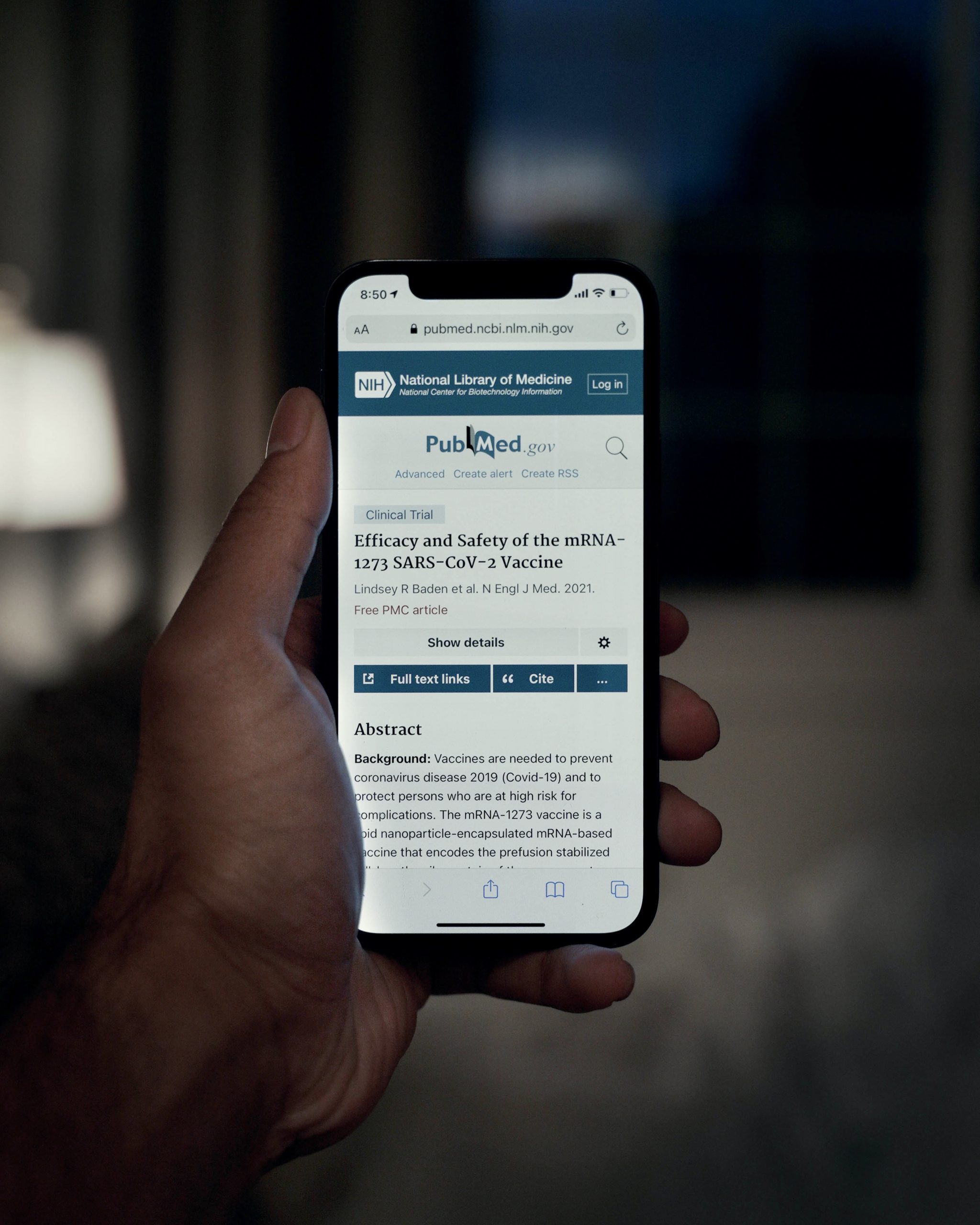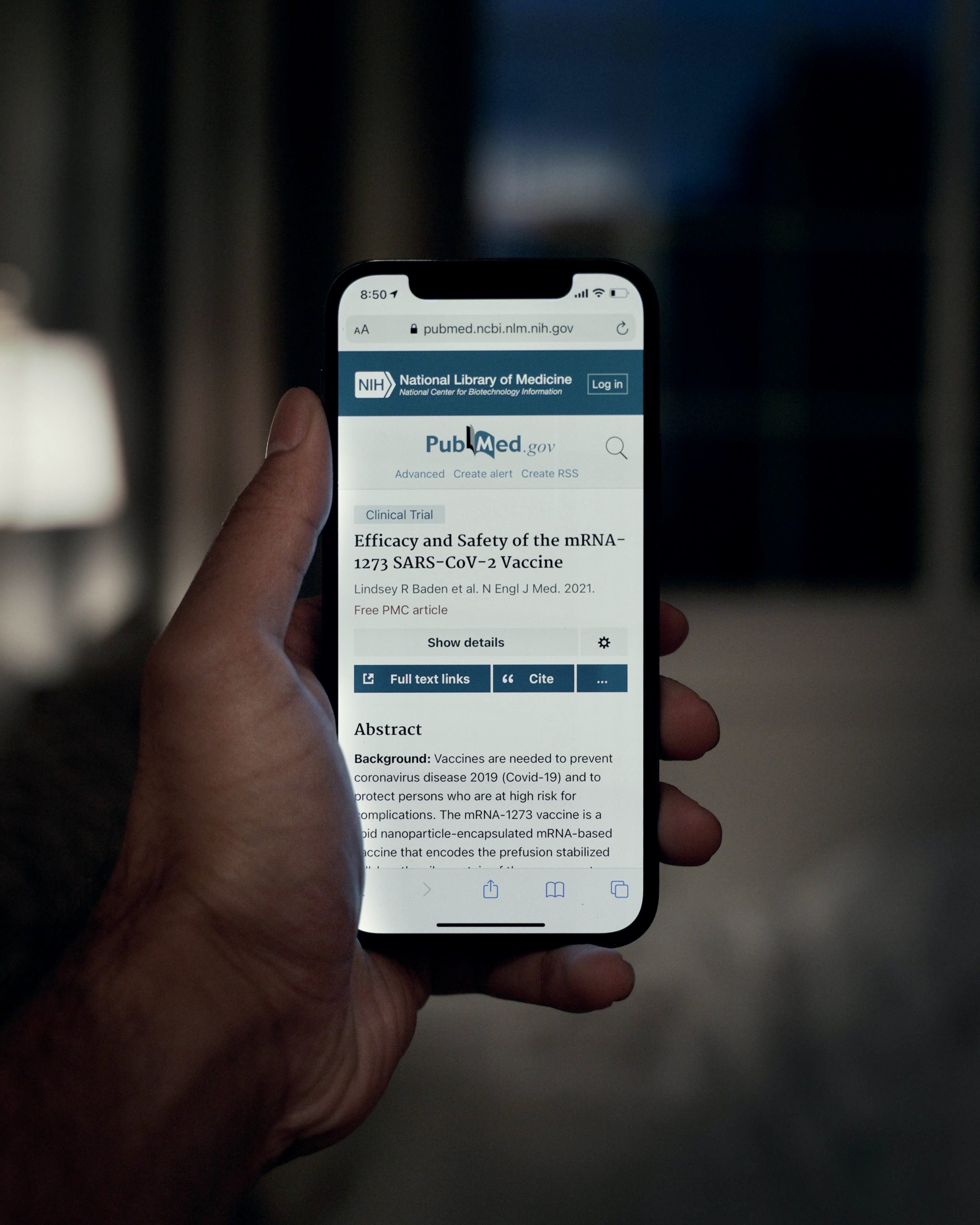In the world of podcasting and audio recording, understanding the different types of microphones is essential for capturing high-quality sound. From dynamic to condenser, ribbon to lavalier, each microphone has its own unique characteristics and applications. Whether you are hosting a podcast interview, recording a solo episode, or editing your podcast, having a basic knowledge of the four types of microphones will help you make informed decisions when it comes to selecting the perfect one for your needs. So, let’s dive in and explore the fascinating world of microphones!

Understanding Microphones
Definition of a Microphone
A microphone is a device that converts sound waves into an electrical signal. It captures audio and converts it into a form that can be amplified, recorded, or transmitted. Microphones are essential tools in various fields, including broadcasting and music production, allowing us to capture and reproduce sound with clarity and accuracy.
Role of Microphones in Broadcast and Music Production
Microphones play a crucial role in broadcast and music production. In broadcasting, microphones are used to capture the voices of anchors, reporters, and guests, ensuring that their messages reach the audience clearly. In music production, microphones are used to capture the unique tonal qualities of different instruments and vocal performances, enabling artists and producers to create rich and immersive soundscapes.
Importance of Choosing the Right Microphone
Choosing the right microphone is essential as it greatly impacts the quality of the recorded or transmitted sound. Different microphones have their own unique characteristics, strengths, and weaknesses, making them suitable for specific applications. By selecting the right microphone, you can ensure that your recordings or broadcasts sound professional, clear, and true to the original source.
Dynamic Microphones
Basic Concepts of Dynamic Microphones
Dynamic microphones work on the principle of electromagnetic induction. They consist of a diaphragm attached to a coil suspended in a magnetic field. When sound waves hit the diaphragm, it vibrates, causing the coil to move within the magnetic field. This movement generates an electrical signal proportional to the sound waves, which is then transmitted through the microphone cable.
Benefits of Using Dynamic Microphones
Dynamic microphones are popular for their durability and versatility. They are built to withstand rough handling, making them suitable for live performances, outdoor recording, and other demanding situations. Dynamic microphones are also less sensitive to loud sounds, preventing them from distorting or clipping when used in high sound pressure level environments.
Limitations of Dynamic Microphones
While dynamic microphones offer ruggedness and durability, they can be less sensitive compared to other types of microphones. This means that they may not capture subtle nuances or low-level sounds with the same clarity and detail as condenser or ribbon microphones. Additionally, dynamic microphones may have a narrower frequency response range, limiting their ability to accurately reproduce high-frequency details.
Suitable Occasions for Using Dynamic Microphones
Dynamic microphones are ideal for situations where durability and versatility are paramount. They are commonly used in live performances, concerts, and outdoor recordings where the microphone may be exposed to rough handling or adverse weather conditions. Dynamic microphones are also often used for recording loud sound sources such as drums, electric guitars, and amplifiers.
Condenser Microphones
Introduction to Condenser Microphones
Condenser microphones, also known as capacitor microphones, work on the principle of capacitance. They consist of a diaphragm placed close to a metal plate (backplate). When sound waves hit the diaphragm, it vibrates, changing the distance between the diaphragm and backplate. This variation in distance creates changes in capacitance, leading to the generation of an electrical signal.
Merits of Condenser Microphones
Condenser microphones are highly regarded for their sensitivity and accuracy in capturing sound. They have a wide frequency response range, allowing them to capture both low and high-frequency details with exceptional clarity. Condenser microphones also offer superior transient response, making them suitable for capturing fast and dynamic audio sources such as vocals and acoustic instruments.
Drawbacks of Condenser Microphones
While condenser microphones excel in capturing subtle details, they can be delicate and require an external power source (phantom power) to operate. The delicate nature of condenser microphones makes them more susceptible to damage if mishandled. Additionally, condenser microphones can be more prone to picking up background noise, requiring careful positioning and the use of noise-reduction techniques.
Ideal Scenarios for Using Condenser Microphones
Condenser microphones are ideal for professional studio recordings, podcasts, and other controlled environments where sound quality is of utmost importance. They excel in capturing vocals, acoustic instruments, and any source that requires accurate and detailed sound reproduction. Condenser microphones are also commonly used by voice-over artists, podcasters, and content creators who seek to achieve a pristine and polished audio production.
Ribbon Microphones
Overview of Ribbon Microphones
Ribbon microphones utilize a thin metal ribbon suspended between two magnets. When sound waves hit the ribbon, it vibrates, which induces an electrical current in the ribbon due to electromagnetic induction. This current is then converted into an electrical signal, capturing the sound.
Pros of Ribbon Microphones
Ribbon microphones are highly regarded for their warm and smooth sound signature. They are known to accurately capture the natural character and tonal qualities of sound sources. Ribbon microphones have a fast transient response, making them great at capturing detailed nuances, especially in high-frequency sound reproduction.
Cons of Ribbon Microphones
Ribbon microphones tend to be more fragile compared to dynamic and condenser microphones. They are sensitive to loud sounds and rough handling, and their delicate ribbon element can easily be damaged if not handled with care. Ribbon microphones also require a high-quality preamplifier with sufficient gain due to their lower output levels.
Perfect Situations for Using Ribbon Microphones
Ribbon microphones are ideal for capturing vocals, acoustic instruments, and other sound sources where a smooth and vintage sound is desired. They are commonly used in studio recordings, particularly for capturing string instruments, woodwinds, and brass instruments. Ribbon microphones can add a touch of warmth and vintage character to recordings, bringing a nostalgic and classic vibe to the final sound.
Lavalier Microphones
What are Lavalier Microphones?
Lavalier microphones, also known as lapel microphones, are small, discreet microphones that can be clipped or attached to clothing. They are designed to be worn by the speaker, allowing for hands-free and unobtrusive operation.
Advantages of Lavalier Microphones
Lavalier microphones offer convenience and mobility, making them popular for interviews, presentations, and live events. They allow the speaker to move freely without being tethered to a microphone stand or holding a handheld microphone. Lavalier microphones also provide close proximity to the sound source, resulting in clear and consistent audio capture.
Disadvantages of Lavalier Microphones
One common disadvantage of lavalier microphones is that they can be more prone to picking up unwanted background noise, such as rustling clothes or wind noise. Additionally, the positioning and placement of lavalier microphones require careful consideration to avoid obstructing the sound path or causing unwanted noise artifacts. Lavalier microphones may also have limitations in capturing low-frequency sounds accurately.
Best Uses for Lavalier Microphones
Lavalier microphones are widely used in television broadcasting, live events, and presentations, where hands-free operation and mobility are crucial. They are commonly worn by news reporters, actors, and public speakers, allowing for natural and uninterrupted communication. Lavalier microphones are also popular in educational settings, facilitating clear audio capture during lectures and classroom discussions.
Comparison of the Four Types of Microphones
Contrasting Dynamic, Condenser, Ribbon, and Lavalier Microphones
Each type of microphone has its own unique characteristics, strengths, and weaknesses. Dynamic microphones are known for their durability and versatility, making them suitable for live performances and high sound pressure level environments. Condenser microphones excel in capturing detailed sound with exceptional accuracy and are commonly used in studio recordings. Ribbon microphones provide a warm and vintage sound, ideal for capturing acoustic instruments and vocals. Lavalier microphones offer convenience and mobility, allowing for hands-free operation in interviews and live events.
Understanding the Distinct Functions of Each Type of Microphone
Dynamic microphones are well-suited for handling loud and dynamic sound sources, such as drums and electric guitars. Condenser microphones are ideal for capturing vocals and acoustic instruments with precision and detail. Ribbon microphones are favored for their ability to capture natural tonal qualities and nuances, making them great for string instruments and brass instruments. Lavalier microphones are best suited for situations where hands-free operation and mobility are essential, such as broadcast interviews and live presentations.

Choosing the Right Microphone for Podcasting
Analyzing the Podcasting Environment
When choosing a microphone for podcasting, it is essential to consider the environment in which you will be recording. If you are recording in a controlled studio setting, a condenser microphone may be the ideal choice for its ability to capture clear and detailed sound. However, if you are recording on-location or in a noisy environment, a dynamic microphone may be better suited for its ability to reject background noise.
The Influence of Budget on Microphone Choices
Budget considerations are also crucial when choosing a podcasting microphone. While high-end condenser microphones may offer exceptional sound quality, they can be costly. On the other hand, dynamic microphones are often more affordable while still providing excellent performance. It is essential to strike a balance between your budget and the level of sound quality you desire for your podcast.
Making a Choice Based on Your Voice Type and Podcast Content
Your voice type and the content of your podcast should also factor into the microphone selection process. Different microphones can accentuate or downplay certain aspects of your voice, so it is important to choose a microphone that complements your vocal characteristics. Additionally, consider the type of content you will be producing and whether the microphone’s characteristics align with the desired aesthetic and tone.
Setting up Microphones for a Podcast Interview
Steps to Install Various Types of Microphones
The setup process for different types of microphones may vary slightly, but the basic steps generally involve connecting the microphone to an audio interface or mixer and adjusting the positioning for optimal sound capture. For dynamic microphones, ensure that the microphone is securely connected to the appropriate input and adjust the microphone’s proximity and angle to the sound source. For condenser and ribbon microphones, phantom power may need to be activated on the audio interface. Lavalier microphones usually require attaching the microphone to the clothing of the speaker, ensuring it is positioned close to the mouth for clear and consistent audio capture.
Ensuring Optimal Sound Quality During the Interview
To ensure optimal sound quality during a podcast interview, take into consideration the placement and positioning of the microphones. Make sure the microphones are properly adjusted for each speaker’s voice level and position. Monitor the sound levels to prevent distortion or clipping and make any necessary adjustments throughout the interview. Consider using pop filters or windshields to minimize plosive sounds or unwanted noise caused by air movement.
Common Troubleshooting Tips
In case of audio issues during a podcast interview, there are a few common troubleshooting tips to consider. First, check all cable connections to ensure they are secure and not causing any audio dropouts or interference. Check the audio settings on your recording device or software to ensure they are properly configured for the microphones being used. If background noise is an issue, consider using noise reduction software or applying soundproofing techniques to minimize unwanted noise.

Editing the Podcast
How Different Microphones Impact Editing
The choice of microphone can significantly impact the editing process for a podcast. Ideally, using a high-quality microphone with good sound capture capabilities ensures that the recorded audio requires minimal editing. Different microphones have different tonal characteristics and noise profiles, so being mindful of these during recording can streamline the editing process by minimizing unwanted artifacts and background noise.
Microphone-Specific Editing Techniques
Different microphone types may require specific editing techniques to optimize the audio quality. For dynamic microphones, additional equalization may be needed to bring out certain frequency ranges or reduce any muddiness in the sound. Condenser microphones may require less post-processing as they often capture a more balanced and detailed sound. Ribbon microphones may benefit from slight boosts in the mid-range frequencies to enhance their vintage and warm qualities. Lavalier microphones may require noise reduction techniques to minimize any background noise picked up during recording.
Tools for Podcast Editing
There are several tools and software available for editing podcasts. Popular software options include Adobe Audition, Audacity, and GarageBand. These software applications offer a range of features such as noise reduction, equalization, compression, and editing tools to refine and enhance the recorded audio. It is crucial to familiarize yourself with the chosen software and its capabilities to effectively edit and improve the overall sound quality of your podcast.
Conclusion
Recapitulation of the Distinct Microphone Types
In conclusion, understanding the different types of microphones and their characteristics is crucial for selecting the most suitable microphone for various applications. Dynamic microphones excel in durability and versatility, making them ideal for live performances and high sound pressure levels. Condenser microphones offer exceptional sensitivity and accuracy, perfect for detailed studio recordings. Ribbon microphones provide a vintage and warm sound signature, ideal for capturing acoustic instruments and vocals. Lavalier microphones offer convenience and mobility for hands-free operation in interviews and presentations.
Final Tips for Choosing and Using the Right Microphone for Your Needs
When choosing a microphone, consider the specific requirements of your application, such as the environment, budget, voice type, and content. It is essential to strike a balance between the desired sound quality and practical considerations. Proper positioning, adjustment, and post-processing techniques can enhance the performance of any microphone. Experimentation and knowledge of the characteristics of each microphone type will help you make an informed decision and achieve optimal sound quality for your recordings or broadcasts.


